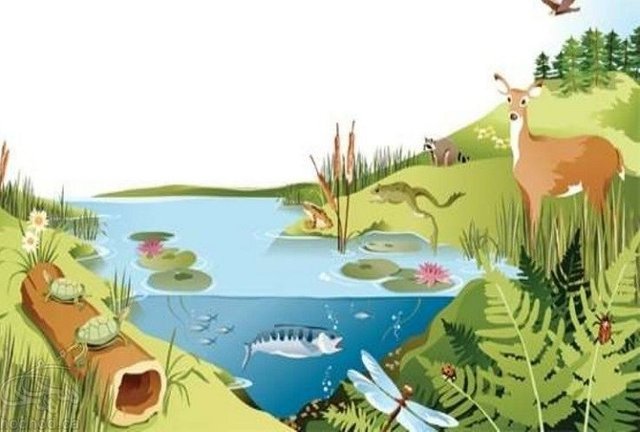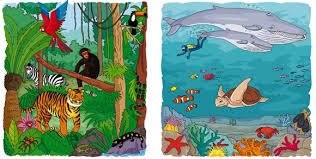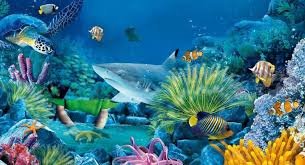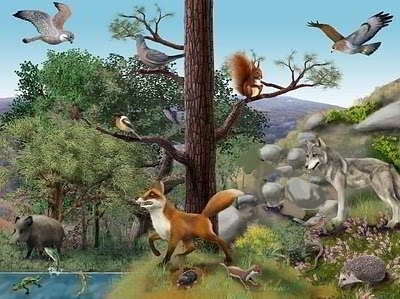The ecosystems
Ecosystems are one of the most complex ways of organizing life and we see it clearly in the different territories of nature where all living beings live with the environment that surrounds them and the relationships that exist between them.

In ecosystems, the biocenosis is formed by the community of living beings that inhabit each ecosystem, and the biotope, which is the physical environment where that community lives. It can also distinguish two types of different relationships: the one that occurs between the living beings that make up that community and the one that these living beings have with their physical environment.
Components of an ecosystem
• The physical environment that is composed of elements that have no life, such as light, rock, and water.
• Living beings that are composed of everything that has a life. Here we can see the group of living beings that can reproduce among themselves and have fertile offspring.
• The relationships established between the living beings of the different ecosystems that exist and the physical environment that surrounds them.
The living beings of an ecosystem
In an ecosystem, living beings are classified according to the type of food they have: they can be producers, consumers or decomposers.
When we speak of producing beings, it means that they synthesize inorganic matter and they feed on what they produce. As an example of this type of ecosystem, we have the plants.
Meanwhile, consumers eat other living things, such as animals, which can be herbivores when they feed on vegetables, or carnivores when they feed on other animals.
And finally, there are the decomposers, which, as the name implies, decompose organic matter into mineral substances, such as fungi and bacteria.
The ecosystems of our planet
On Earth, there are two main types of ecosystems that are aquatic and terrestrial. Both have totally different characteristics, however, they have something in common, that the two are formed by producing, consuming and decaying organisms.

Aquatic ecosystems: in this type of ecosystem, living beings develop under water, have a high-density substance that counteracts the effects of gravity and absorbs light. The characteristics of each ecosystem are determined by the amount of oxygen and carbon dioxide dissolved in the water and the amount of light and nutrients available. The main aquatic ecosystems are the continents and the marine ones.

Terrestrial ecosystems: Here, living beings develop in the air, formed by a mixture of low-density gases that let in light. Its characteristics are determined by the type of relief, the climatic factors and the characteristics of the soil.
The main terrestrial ecosystems are forests and meadows, although there are also deserts, jungles, tundras, polar areas, mountains, and savannas.

Knowing the types of ecosystems of our planet, it is important to contribute to the conservation and survival of our planet. Remembering that it depends on us a true balance and taking care of the different habitats, extending this value to future generations.

Posted from my blog with SteemPress : http://lmrey.ga/2018/08/02/the-ecosystems/

If you would like to support the educational community by delegating to @steemiteducation, please click on any of the following links. This will ensure that more teachers are supported on a daily basis.
100SP 200SP 300SP 400SP 500SP 750SP 1000SP 2000SP 3000SP 4000SP 5000SP 10,000SP 25,000SP